“A strikingly beautiful Snow leopard roams across the jagged peaks of the Ladakh mountain range in India. Thick snow blankets the ground, but the big cat’s dense coat and furry footpads keep it warm. I captured this spectacular image during a three-year DSLR camera trap project in the high-altitude region of Ladakh in the Indian Himalayas bordering Pakistan and China. Challenges were many: The steep, rugged terrain with low oxygen levels, finding locations, getting the equipment up, and maintaining it over long periods of time. The mystery surrounding the Snow leopard always fascinated me. These rarely-sighted, wise-looking cats are since centuries the stuff of legends and fairytales. Their incredible stealth and camouflage and the remote environment they live in, probably make the ‘ghost of the mountains’ the most challenging big cat to photograph in the wild. Listed as Vulnerable on the IUCN-World Conservation Union’s Red List of Threatened Species researchers estimate that there are between 400 to 700 snow leopards in India today. Habitat loss, poaching, and retaliatory killings as a result of human-wildlife conflict are the biggest threats that these magnificent cats face. Snow leopard habitat range continues to decline from human settlement and increased use of grazing space.”
“My imagery is to make people connect to wildlife and appreciate the often unseen natural world. I believe that greater understanding leads to deeper caring which hopefully results in active support and as a multiplier for conservation efforts.”
#2 Category Animals Of ‘De Lage Landen’: Winner, ‘Coot’ By Franka Slothouber
“I captured this photo in November 2021 at the end of a photo session in the Amsterdamse Bos (the forest of Amsterdam) that was all about autumn trees. When I was satisfied with the results of that session I started to walk back to my car. But before I reached the parking lot I crossed a small bridge overlooking a pond covered with beautifully colored beech leaves that had fallen off the trees. A coot was swimming towards me, hoping for me to throw some bread in the water. I didn’t have any bread with me, but I noticed the coot left a nice ‘smokey’ swimming trail behind. By turning my circular polarizing filter the water almost turned black, creating a beautiful contrast and making the colors of the beech leaves stand out.”
#3 Category Landscapes: Highly Commended, ‘Lightning Up The Grand Canyon’ By Raul Mostoslavsky
“I traveled last year to Utah to accompany my wife to run a marathon. Although we went only for 3 days, I checked the map and realized that driving for 6 hours will bring me to the Grand Canyon, so we drove there (we were lucky to find last-minute lodging inside the Park, due to Covid). We arrived to watch a beautiful sunset, and then, exhausted, headed to bed. But I knew this was probably the only night I would spend in the Grand Canyon in my life, so I decided to head to the rim; I always dreamed of taking a night shot of the Canyon with a starry night. I arrived just when a storm was forming (no starry photo!), with a lot of lightning inside the clouds. I started playing with the camera when suddenly a bolt struck right in front of me, so I started trying to find the right settings. It was dark-pitched! After 5 different settings, and 300 shots, I got only 2 that worked. 30 minutes later the storm was gone. Being at the right time at the right moment.”
#4 Category Plants And Fungi: Highly Commended , ‘Yin And Yang’ By Gheorghe Popa
“Yin and Yang is a photograph I took while working on my Ice Anatomy project. I realized this photo while I was checking the lake. This time the lake just started to freeze. Ice Anatomy is an aerial series of photos of the Cuejdel Lake in Romania during the winter when it is completely frozen. The fresh snow and the ice cracks created these shapes that resemble neurons or just cells. My project Ice Anatomy follows the transformations of the ice on the lake over several winters. This is a subject that I have been pursuing for more than two years and I came up with the idea during a winter when I observed the shapes and cracks appear on the surface of the lake after the process of frosting and defrosting.”
#5 Category Fred Hazelhoff Portfolio Award: Winner, ‘A Bear In The Backyard’ By David Hup And Michiel Van Noppen
“This story is the work of two young Dutchmen joined by their love for Romania, who have traveled back and forth for four years between work and university in order to document one of the last places on this overpopulated continent that has still true wilderness to offer. With this photo story, they aim to document a beautiful but often overlooked part of Europe and one of the many challenges it faces.
“In villages that lie in the shadows of the Carpathian Mountains, the presence of bears is clearly felt. Due to the illegal logging of the old-growth forests, their habitat and food become increasingly scarce. In search of food, they have to migrate from the ancient forests down to the villages, which regularly leads to conflicts with the inhabitants.”
“However, in several towns around Transylvania bears are worshipped every winter through the traditional Ursul dance. A dance to fertilize and cleanse the earth, chase away evil spirits, and welcome the new year.”
“The exceptionally dense bear population in Romania is a result of the communist era when Nicolae Ceausescu was in power and banned bear hunting a ban from which only he and his guests were exempt. As a result, Romania now has around 6000 bears, which is half of the European population. The problems of the coexistence of bears and humans have now become a priority on the political agenda, but the debate on the right course of action is very complex due to the many parties involved. And while discussions continue, conflicts keep arising: Shepherds lose sleep trying to protect their sheep, and bears continue to break through fences to feast on scraps.”
#6 Category Black And White: Highly Commended, ‘Like A Fun’ By Irma Szabó
“One of my favorite photo subjects is backlight photography. I especially like to photograph birds in backlight, because it is wonderful how the light shines through the bird’s wings or creates a beautiful contour. That’s why when I go into the hide, I always try to position myself so that the sunrise or sunset is facing me. I took the picture from a hide where we can be photographed birds without disturbing them. The birds are dressed in beautiful wedding clothes, in springtime. More precisely, I took the picture at the beginning of May, in the early morning hours, in Kiskunság in the south of Hungary, where there are a lot of birds since fortunately there is quite a lot of untouched uninhabited land. The image is the result of a lucky moment As the bird is about to take off, it begins to spread its wings nicely. Thanks to the backlight, the sun shines through the wings and the shadows of the bird’s neck and head can be nicely outlined. In the spring, I really loved photographing the great egrets in their beautiful wedding dress, it is one of the most majestic birds I have ever seen.”
#7 Category Fred Hazelhoff Portfolio Award: Winner, ‘A Bear In The Backyard’ By David Hup And Michiel Van Noppen
“This story is the work of two young Dutchmen joined by their love for Romania, who have traveled back and forth for four years between work and university in order to document one of the last places on this overpopulated continent that has still true wilderness to offer. With this photo story, they aim to document a beautiful but often overlooked part of Europe and one of the many challenges it faces.
“In villages that lie in the shadows of the Carpathian Mountains, the presence of bears is clearly felt. Due to the illegal logging of the old-growth forests, their habitat and food become increasingly scarce. In search of food, they have to migrate from the ancient forests down to the villages, which regularly leads to conflicts with the inhabitants.”
“However, in several towns around Transylvania bears are worshipped every winter through the traditional Ursul dance. A dance to fertilize and cleanse the earth, chase away evil spirits, and welcome the new year.”
“The exceptionally dense bear population in Romania is a result of the communist era when Nicolae Ceausescu was in power and banned bear hunting a ban from which only he and his guests were exempt. As a result, Romania now has around 6000 bears, which is half of the European population. The problems of the coexistence of bears and humans have now become a priority on the political agenda, but the debate on the right course of action is very complex due to the many parties involved. And while discussions continue, conflicts keep arising: Shepherds lose sleep trying to protect their sheep, and bears continue to break through fences to feast on scraps.”
#8 Category Black & White: Runner-Up, ‘Gemsbok In Light – The Descent’ By Craig Elson
“I returned to Namibia in May of this year for the first time since 1998 after twice having the trip canceled due to COVID. Needless to say, I was beyond excited to finally return to this magical land, this time armed with much better camera gear and the knowledge of how to use it! One of the images I wanted most from the trip was a small frame aerial shot of gemsbok in the vast dunes of Sossusvlei and/or the Skeleton Coast. I love small-in-the-frame wildlife shots, and I thought the juxtaposition of the gemsbok and the massive dunes would show environmental context and a sense of place. I was lucky enough to have taken two extended helicopter flights over both areas and was able to capture several good shots of the gemsbok in the dunes, but something told me to go up one last time on our final day. We were returning from Sandwich Harbor when we found several oryx cresting the highest dune in the area, just inland from the Skeleton Coast and south of Walvis Bay. I knew immediately they would continue their journey inland as evening approached, descending hundreds of feet in the process. The dunes were pristine which made the tracks the gemsbok were making that much more distinct, something I knew would be a visual element to my image. Our pilot made a few passes, circling at a distance where we were sure not to disturb the gemsbok and I waited for them to make their way into the area still lit by the sun, in between the diagonal bands of shadows. I knew the scene set up perfectly for a B&W photo with the gemsbok silhouetted – it was just a matter of getting the composition “right.” I had to wait for them to make their way far enough into the light, pause, look up at me with head angles where you could distinguish all their horns, and while they had a good separation from one another and their shadows. Nature – the light, lines, and texture – took care of everything else. I knew I had something special the moment I pressed the shutter and I am very happy the judges here at NPOTY agree!”
#9 Category Underwater: Runner-Up, ‘Blue Cave Crab’ By Martin Broen
“In the last couple of years, I have been fortunate to photograph over 200 different cenotes of the Riviera Maya in Mexico, capturing their surreal environments and the unexpected diversity of its caves. Looking for unique photographic opportunities of light and textures in the transition area between cave and cenote or light and darkness. During a traverse cave dive connecting seven different cenotes, we passed by this strange figure of a blue cave crab standing on a rock while fishing in the cave current, perfectly define against the background. This menacing silhouette looked like a Samurai with shiny blue armor, perfectly centered by the natural vignetting offered by the light fall-off of the cave, standing against the mangrove texture and green light of the sun passing through the tannic acid present on the surface. I got as close as possible to the subject to make him the hero of the scene and balance the elements of a perfect representation of the mangrove ecosystem.”
#10 Category Human And Nature: Winner, ‘House Of Bears’ By Dmitry Kokh
“In September ’21 we went on a long-awaited trip to Chukotka and Wrangel Island. We sailed along the coast and covered more than 1200 miles of untouched landscapes, villages lost in time, spots with various fauna, and seas full of life. One day, bad weather was expected, so our captain approached a small island, Kolyuchin, to take shelter from the storm. Kolyuchin is known for the polar weather station that operated on it in Soviet times. Though the station was closed in 1992, the abandoned village still stands on the island. The stormy wind, rain, and neglected buildings on the rocky shores all made everything appear super surreal. Suddenly, we noticed movement in the windows of the houses. Someone took out some binoculars and we saw the heads of polar bears!”
“The fog, a place long deserted by people, and polar bears was the perfect setting. Bears are very curious by nature so they walked around houses, and checked every door, window, nook, and cranny. There were about 20 animals inside at the same time, mostly males. The females kept to the side with their cubs, closer to the shores of the island. The bears may look calm and sweet in these photos, but one must not forget that they are smart and incredibly powerful animals! As they probably thought the drone was some sort of bird, they did not let it out of their sight. Never one to miss a meal, they were probably ready to strike at any moment, even when seemingly chilling out on the grass!”
“I shot from a drone equipped with low-noise propellers to not disturb them. I was very careful and very patient, and let the bears slowly get used to the drone so that eventually I was able to get closer and closer. Bears are very curious and were probably intrigued by this ‘”weird-looking bird”, which was amazing for me as they looked right into the camera. I think that these images of the polar bears on Kolyuchin island are very timely, they are like snapshots of a premonition reflecting what could be in our not-so-distant future. The world as we know it is very fragile, and the current state of the world – from political conflicts and nuclear tension to the climate crisis – means that the end could very well be nigh. These things are real, and if they continue as they are, the outcome will be catastrophic.”
#11 Category Nature Of “De Lage Landen”: Highly Commended , ‘Missed’ By David Pattyn
“I have been photographing birds from a floating hide for more than two decades. In a densely populated country like the Netherlands, I love this kind of photography to connect with nature. I enter my floating hide in complete darkness about two hours before sunrise. I then wait for the birds to awaken and hope they will show their natural behavior. I am lucky to work with a nature conservation called Brabants Landschap. I am allowed to leave my floating hide in one of their nature reserves. In August 2020, some ponds were drained to do maintenance work and I put my floating hide in one of the drying ponds hoping to photograph birds that would come for the vulnerable fish. Dozens of herons and some storks appeared. Using mirrorless cameras means I can now work in complete silence. Great white egrets appeared all around my floating hide and in the image you see a close-up portrait of an egret that has just missed a fish. The autofocus of the camera is catching the action perfectly and you can see the head of the bird through a screen of water.”
#12 Category Animal Portraits: Highly Commended, ‘Iberian Lynx Family Portrait’ By Alessandro Beconi
“I started looking for the Iberian lynx a few years ago. I had been lucky and I had photographed a lynx with its big cub, even it was from a long distance. I have returned several times to Andalucia. I wanted to photograph this fascinating and highly endangered species. After a week of unlucky searches, on the last day, I spotted a lynx very far away. I waited but it seems to move to different locations each time. In the end, I understand what happened: the one I’m following from afar is not just one lynx but 4! Mother Lynx and her 3 cubs have already grown up. I’m lucky enough to see them approach and then disappear behind a hill. They are camouflaged with the surrounding environment and being able to see them is complicated. Suddenly two cubs climb a rock and crouch next to their mother. Then the third one also arrives, he sits on the rock and starts to lick himself. I can not believe my eyes. They are not far from me, but not scared either. They look at me, I look at them: incredible. A family picture that I never imagined so perfect. The light was great, but it was already getting dark. I took several photos with a very slow shutter speed, handheld, hoping for a photo without problems of sharpness. Luckily the stabilizer helped me.”
#13 Category Landscapes: Highly Commended, ‘Twisted Freeze’ By Juan Garcia Lucas
“Lake Baikal, Russia. The deepest lake on earth and where 20% of all fresh water on the planet is stored. It freezes every year reaching temperatures of -35ºC and in the freezing process, the temperature changes, the dilations that break the ice, the storms that hit the coasts, everything shapes the capricious shapes of the ice. Until finally the intense cold finishes building these forms. On the coast and next to the walls of the small islands, we can find small caves, each one more unique. They are perishable caves that do not repeat themselves and where a wide-angle lens encompasses a great vision of what I have above me. It is like an ice cathedral.”
#14 Category Fred Hazelhoff Portfolio Award: Winner, ‘A Bear In The Backyard’ By David Hup And Michiel Van Noppen
“This story is the work of two young Dutchmen joined by their love for Romania, who have traveled back and forth for four years between work and university in order to document one of the last places on this overpopulated continent that has still true wilderness to offer. With this photo story, they aim to document a beautiful but often overlooked part of Europe and one of the many challenges it faces.
“In villages that lie in the shadows of the Carpathian Mountains, the presence of bears is clearly felt. Due to the illegal logging of the old-growth forests, their habitat and food become increasingly scarce. In search of food, they have to migrate from the ancient forests down to the villages, which regularly leads to conflicts with the inhabitants.”
“However, in several towns around Transylvania bears are worshipped every winter through the traditional Ursul dance. A dance to fertilize and cleanse the earth, chase away evil spirits, and welcome the new year.”
“The exceptionally dense bear population in Romania is a result of the communist era when Nicolae Ceausescu was in power and banned bear hunting a ban from which only he and his guests were exempt. As a result, Romania now has around 6000 bears, which is half of the European population. The problems of the coexistence of bears and humans have now become a priority on the political agenda, but the debate on the right course of action is very complex due to the many parties involved. And while discussions continue, conflicts keep arising: Shepherds lose sleep trying to protect their sheep, and bears continue to break through fences to feast on scraps.”
#15 Category Animal Portraits: Highly Commended, ‘Mesmerizing Cross Fox’ By Zita Quentin
“I captured this image of a cross fox handheld from a rocking boat in a remote area on Kodiak Island, Alaska. Red foxes are native to Kodiak Island and the Kodiak red fox belongs to a separate subspecies, Vulpes vulpes harrimani. There are three common color variations of them: red, silver/black, and cross, the latter with a black/brown cross on the back and shoulders. In the mornings, we went out on the boat towards the ocean to look for whales and some animals on the shore. We photographed bald eagles, black-tailed deer, and red foxes along the way. All of a sudden, we spotted a cross fox on some huge, beautiful black rock formations further away from the beach. We approached the fox slowly so that we don’t disturb him or scare him away. Luckily, he stayed on the seaweed-covered rocks and I could take some shots while he was sitting in a great spot and he even looked straight into my camera for a brief moment. Looking at the scene with this beautiful cross fox in the perfect landscape made me feel like I was looking at a painting. In Alaska, foxes prefer to eat voles but they also hunt for squirrels, rabbits, or other small mammals. This cross fox was down at the beach digging for worms, fish, or sea urchins during the low tide which is normal behavior for the Kodiak foxes, especially in the morning or evening.”
#16 Category Animal Portraits: Runner-Up, ‘Adelie Penguin’ By Zhengze Xu
“I took this photo of the Adelie penguin portrait in the Antarctica Peninsula in January 2020. It was summertime in Antarctica and all the penguin adults are busy eating krill in the sea and returning back to feed their chicks on land. This Adelie penguin was resting on one big blue iceberg while we were approaching it on a zodiac. The penguin was hiding behind and looked very curious about us tourists on a zodiac, but it did not escape. I had two lenses at that time, 500mm and 100-400mm, and I chose a 100-400mm lens to include more iceberg background and took this photo at 241mm. The blue iceberg looked like a huge fortress for the penguin and this “Host” looked at us through a big hole as a “window”.”
#17 Category Nature Of “De Lage Landen”: Runner-Up, ‘Tribute To The Starfish’ By Franka Slothouber
“In January 2022 I visited the beach of IJmuiden and stumbled upon thousands of stranded starfish. I had never seen anything like it before, it must have had something to do with the stormy weather combined with the spring tide the day before. Seeing all these dead animals, made me a little bit sad. When I took a closer look at them I noticed they were all different in size and color, most of them still unaffected by the many feasting birds. Such beautiful creatures, I decided to try and capture them as well as I could. I selected a few dozen and arranged them on a flat part of the dark rocks at the bottom of the pier, making the colorful starfish really stand out.”
#18 Category Youth: Highly Commended, ‘My City Whale’ By Jomtup Charoenlapnumchai
“I had been at sea for 10 hours looking for the whales. It was raining and cloudy. Everything was quiet and there were no whales. When I was leaving, the rain stopped, the sea calmed and this Bryde’s whale appeared near my boat. It was a special moment. The sea was calm, the light was perfect and I hardly used any special effects. I was trying to get the camera as close to the sea surface as possible. Bryde’s whales are eating small fish by opening their mouths to let the fish in. And use the baleen to filter the fish. I took this image in the shallow waters of the Gulf of Thailand (Samut Sakhon Province in Thailand). The background is a tall building located in Bangkok, the capital city of my country. ”
#19 Category Fred Hazelhoff Portfolio Award: Winner, ‘A Bear In The Backyard’ By David Hup And Michiel Van Noppen
“This story is the work of two young Dutchmen joined by their love for Romania, who have traveled back and forth for four years between work and university in order to document one of the last places on this overpopulated continent that has still true wilderness to offer. With this photo story, they aim to document a beautiful but often overlooked part of Europe and one of the many challenges it faces.
“In villages that lie in the shadows of the Carpathian Mountains, the presence of bears is clearly felt. Due to the illegal logging of the old-growth forests, their habitat and food become increasingly scarce. In search of food, they have to migrate from the ancient forests down to the villages, which regularly leads to conflicts with the inhabitants.”
“However, in several towns around Transylvania bears are worshipped every winter through the traditional Ursul dance. A dance to fertilize and cleanse the earth, chase away evil spirits, and welcome the new year.”
“The exceptionally dense bear population in Romania is a result of the communist era when Nicolae Ceausescu was in power and banned bear hunting a ban from which only he and his guests were exempt. As a result, Romania now has around 6000 bears, which is half of the European population. The problems of the coexistence of bears and humans have now become a priority on the political agenda, but the debate on the right course of action is very complex due to the many parties involved. And while discussions continue, conflicts keep arising: Shepherds lose sleep trying to protect their sheep, and bears continue to break through fences to feast on scraps.”
#20 Category Youth: Runner-Up, ‘Pygmy Owl’ By Luca Lorenz
“Thanks to a friend, I was able to observe pygmy owls for the first time in my life. We spent about 14 hours a day in the area of a small tree hollow in a large forest in Germany, where a pair of pygmy owls were raising their young. I was so fascinated by the behavioral pattern of the little owls and just watching them really thrilled me. One evening we got lucky. After the female pygmy owl had received a blue tit from the male, it sat down for a moment on a branch far below. The slight backlighting created amazing structures and shapes at the right angle thanks to the leaves and branches, which I wanted to give plenty of space to. When she looked right into my lens for a brief moment, I pressed the shutter release. Shortly afterward, it flew back to its young in the hollow with the blue tit in its claws.”
#21 Category Fred Hazelhoff Portfolio Award: Winner, ‘A Bear In The Backyard’ By David Hup And Michiel Van Noppen
“This story is the work of two young Dutchmen joined by their love for Romania, who have traveled back and forth for four years between work and university in order to document one of the last places on this overpopulated continent that has still true wilderness to offer. With this photo story, they aim to document a beautiful but often overlooked part of Europe and one of the many challenges it faces.
“In villages that lie in the shadows of the Carpathian Mountains, the presence of bears is clearly felt. Due to the illegal logging of the old-growth forests, their habitat and food become increasingly scarce. In search of food, they have to migrate from the ancient forests down to the villages, which regularly leads to conflicts with the inhabitants.”
“However, in several towns around Transylvania bears are worshipped every winter through the traditional Ursul dance. A dance to fertilize and cleanse the earth, chase away evil spirits, and welcome the new year.”
“The exceptionally dense bear population in Romania is a result of the communist era when Nicolae Ceausescu was in power and banned bear hunting a ban from which only he and his guests were exempt. As a result, Romania now has around 6000 bears, which is half of the European population. The problems of the coexistence of bears and humans have now become a priority on the political agenda, but the debate on the right course of action is very complex due to the many parties involved. And while discussions continue, conflicts keep arising: Shepherds lose sleep trying to protect their sheep, and bears continue to break through fences to feast on scraps.”

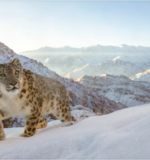
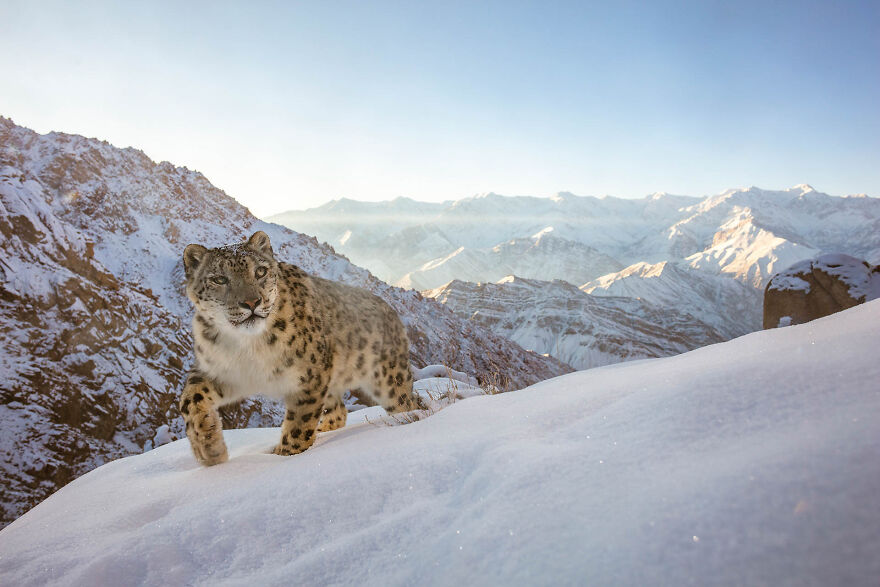
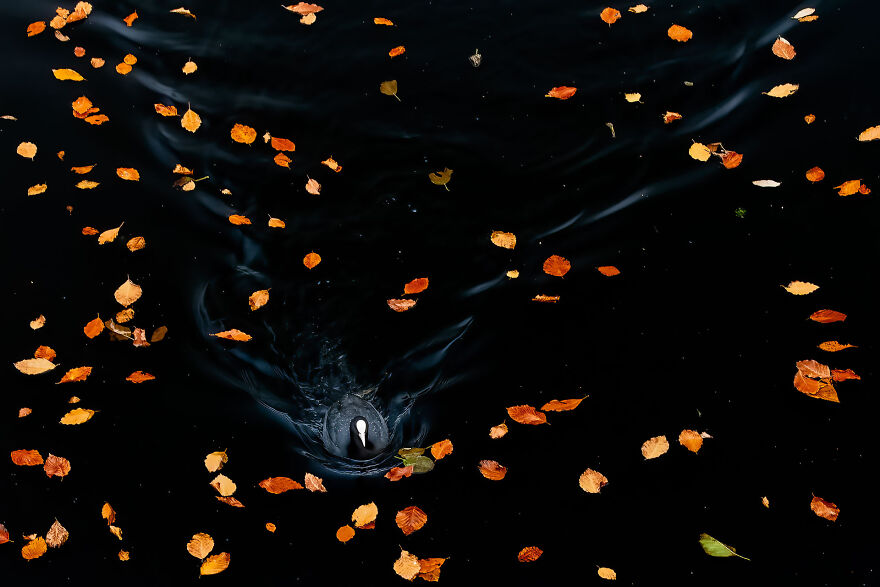
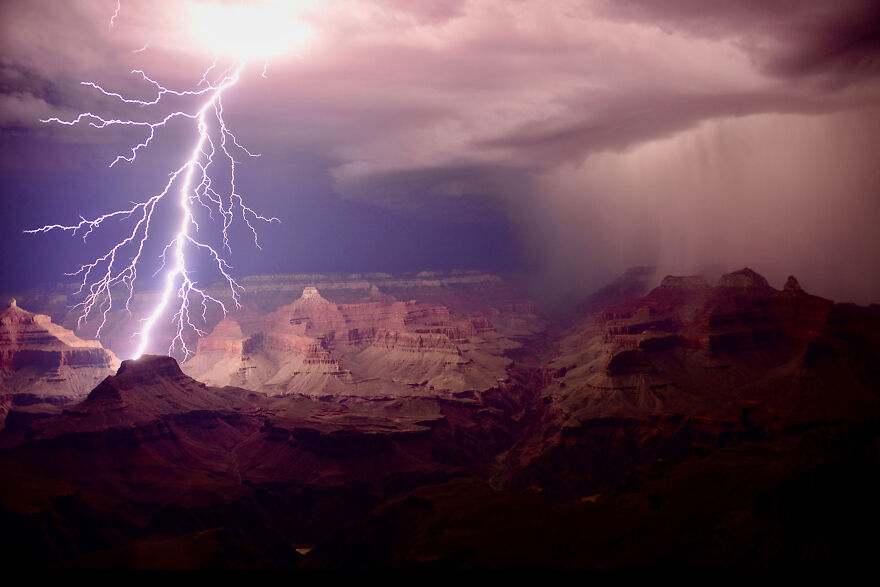
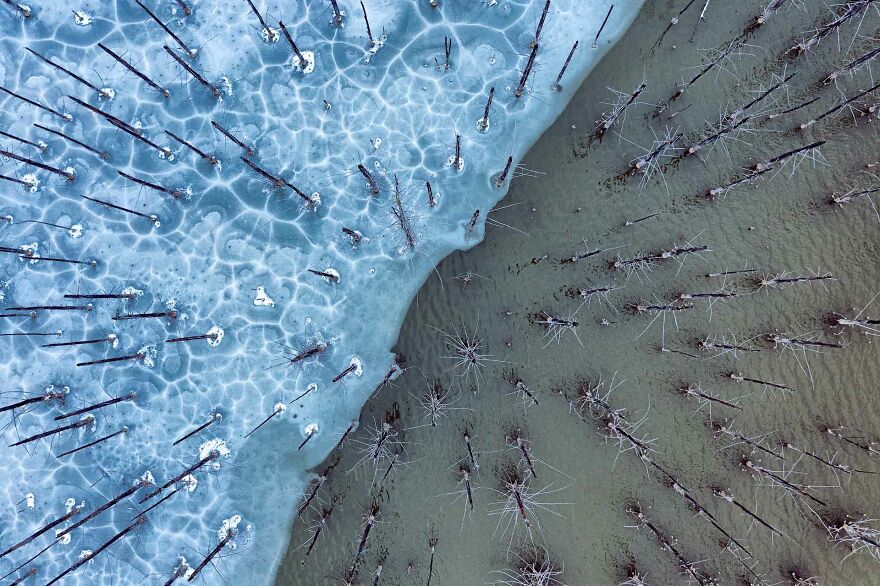
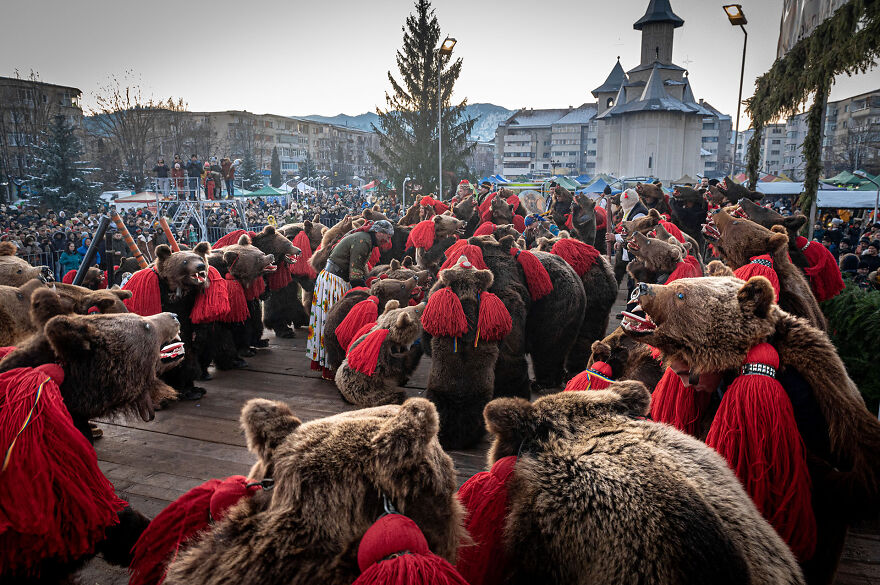
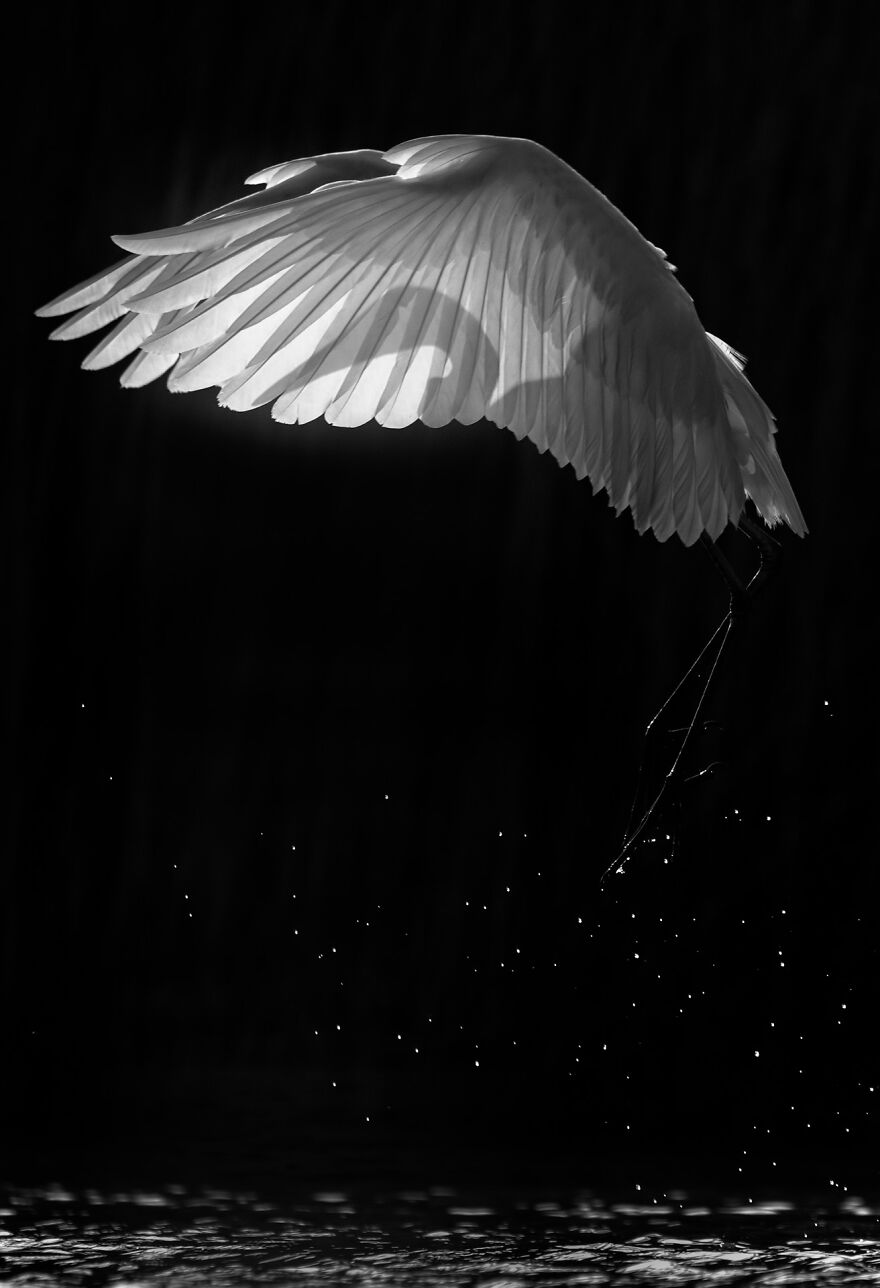
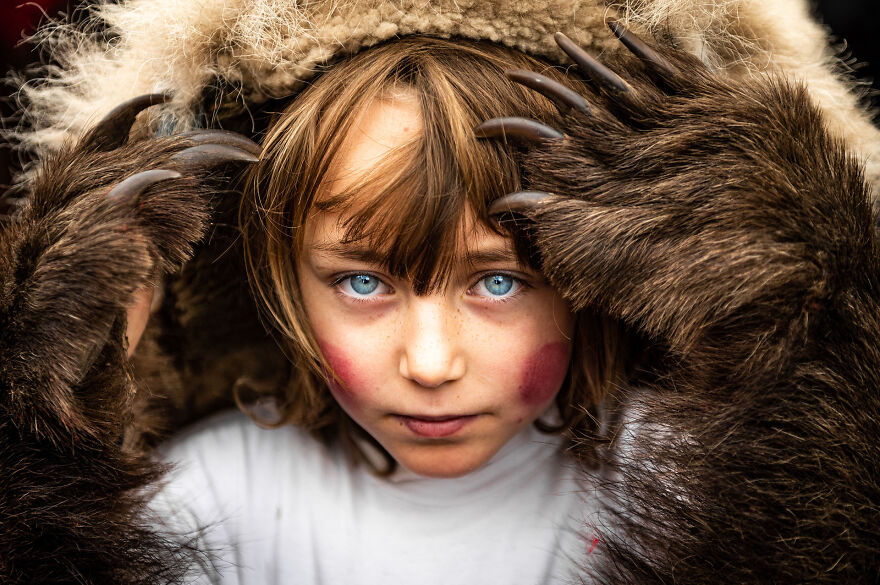
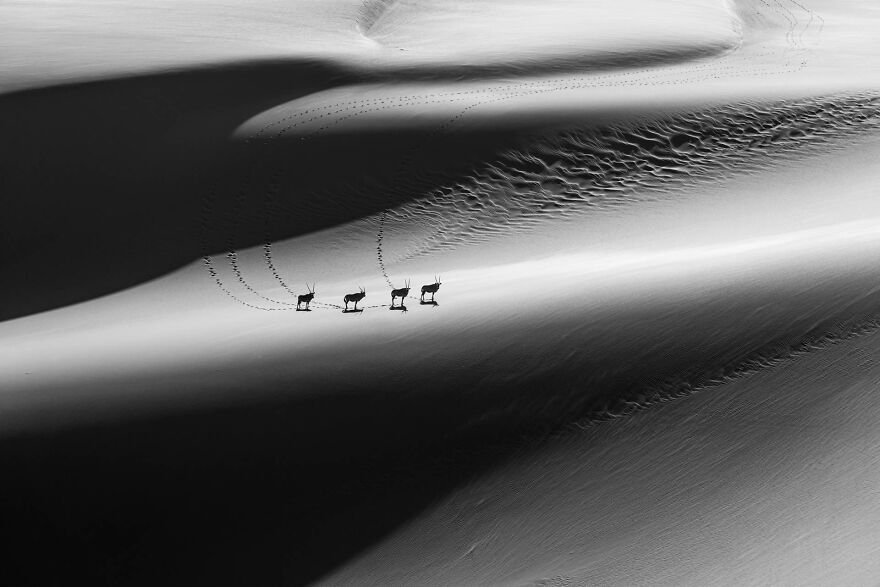
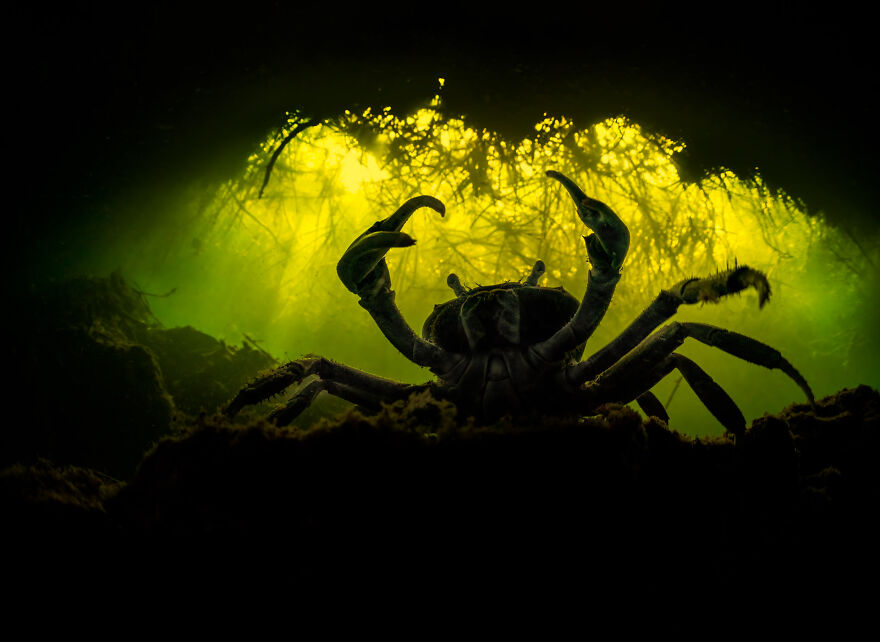
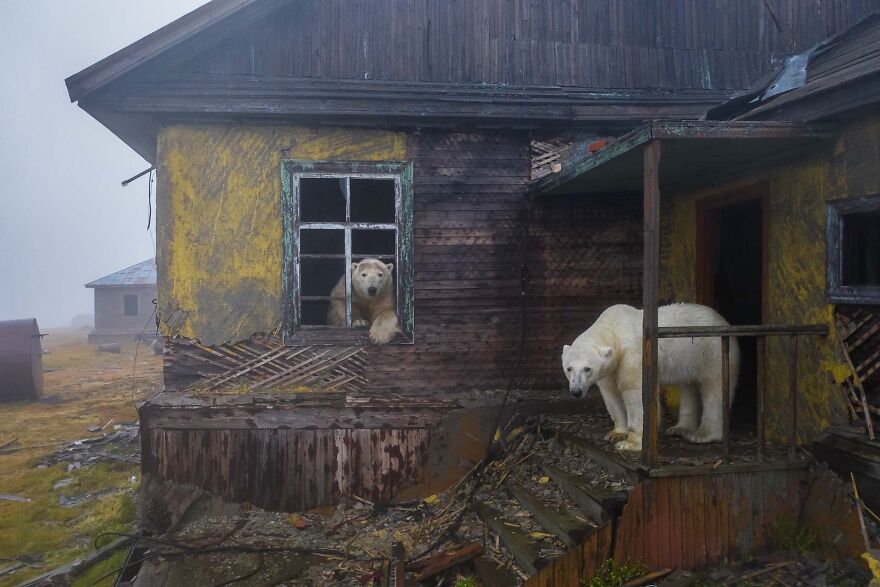
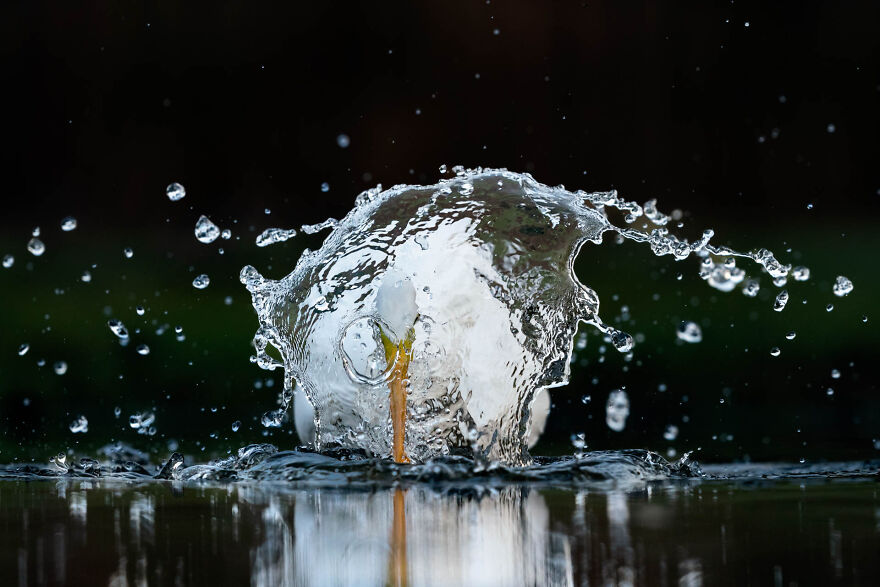
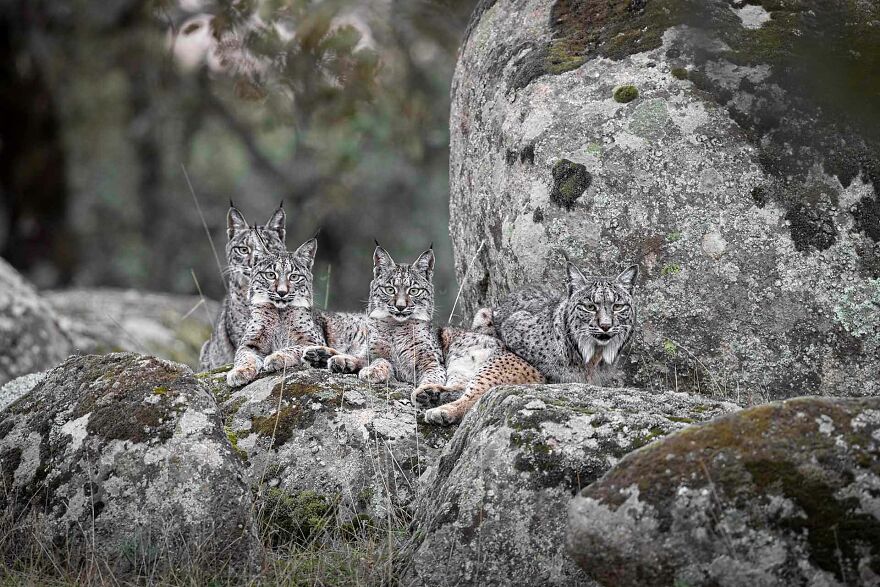
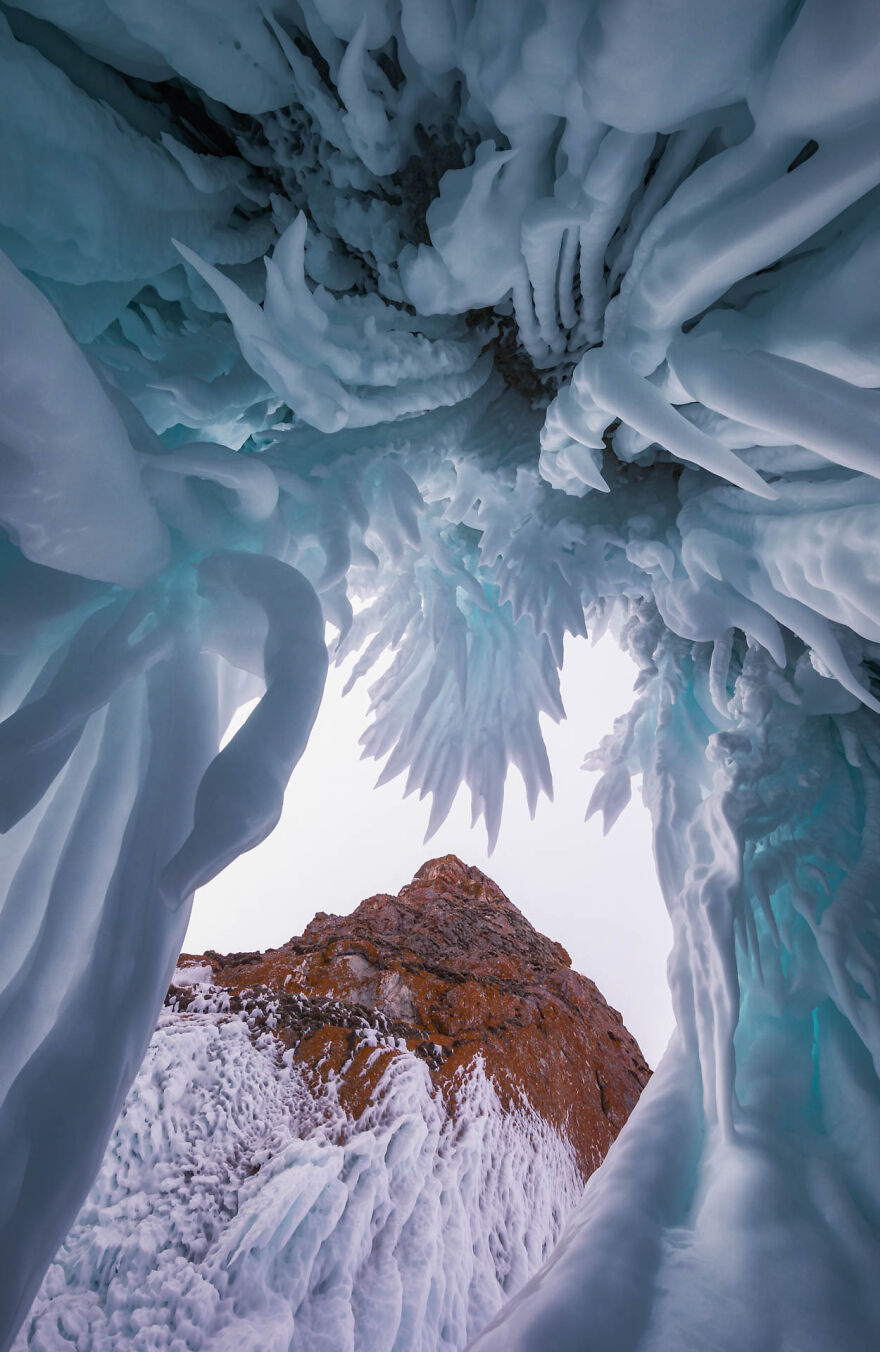
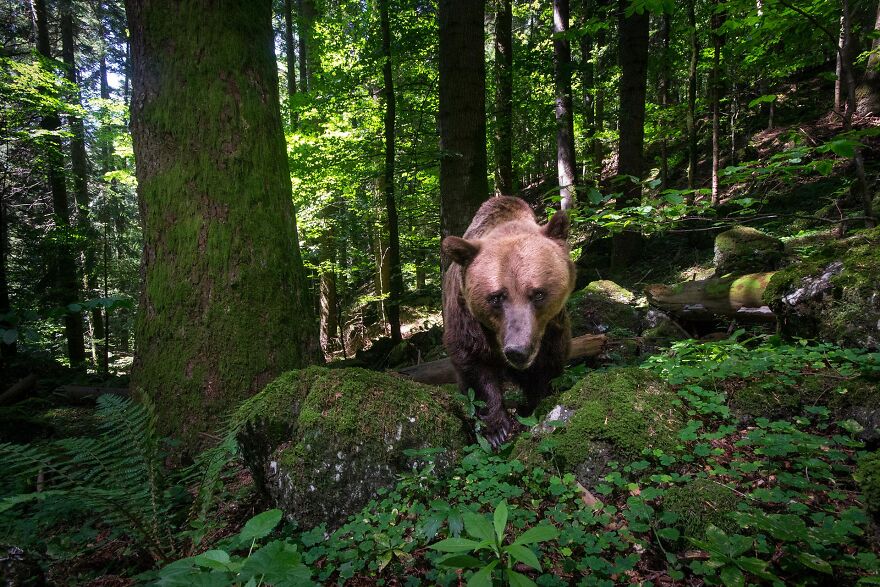
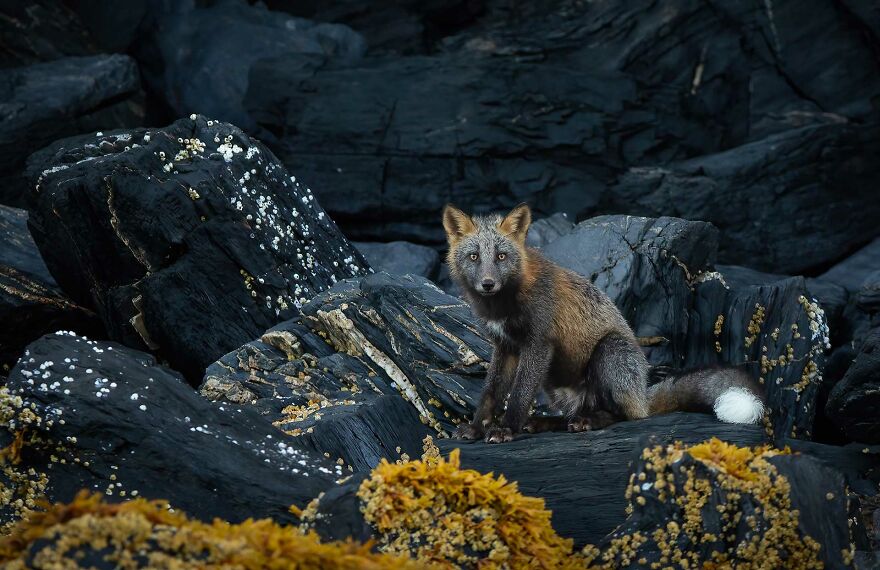
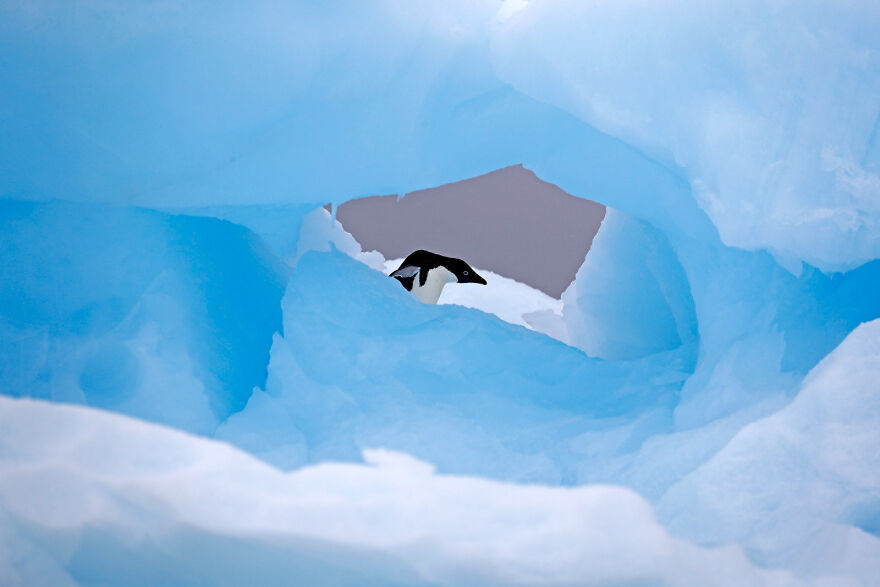
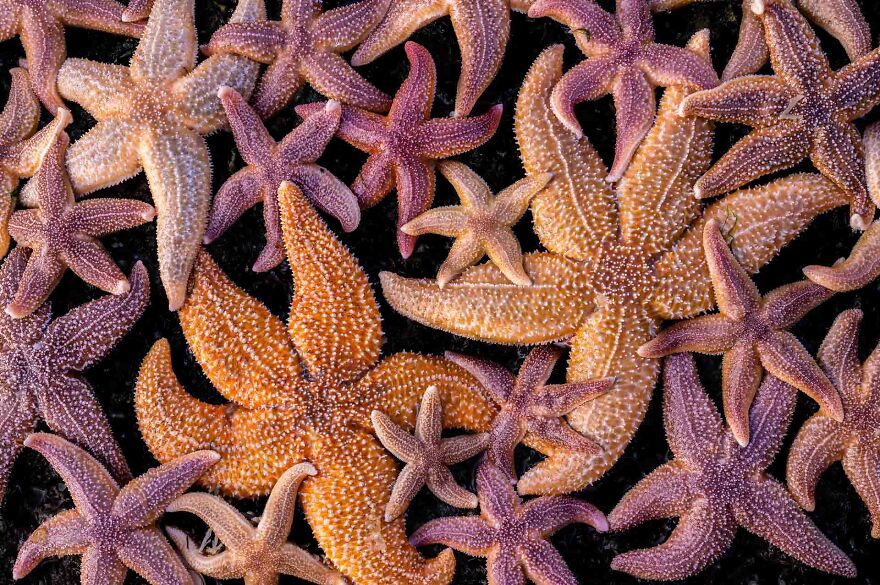
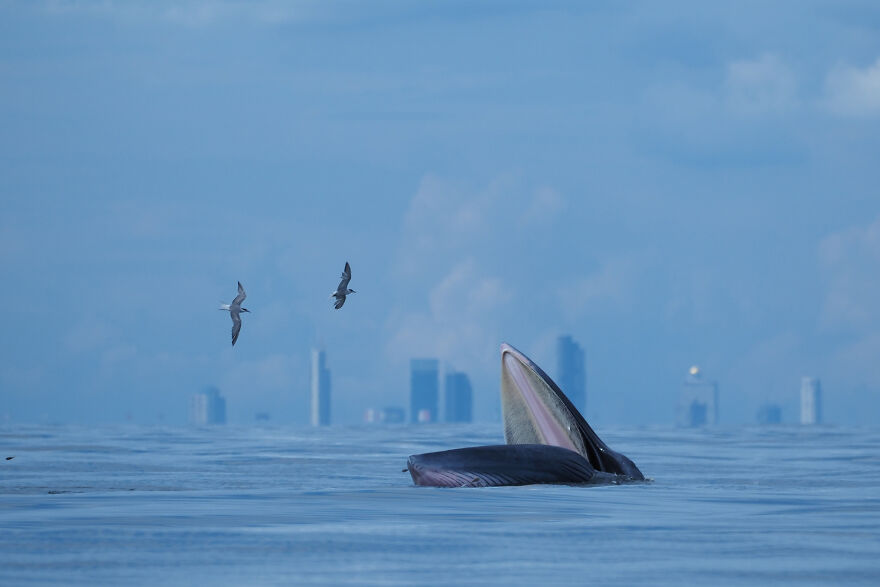
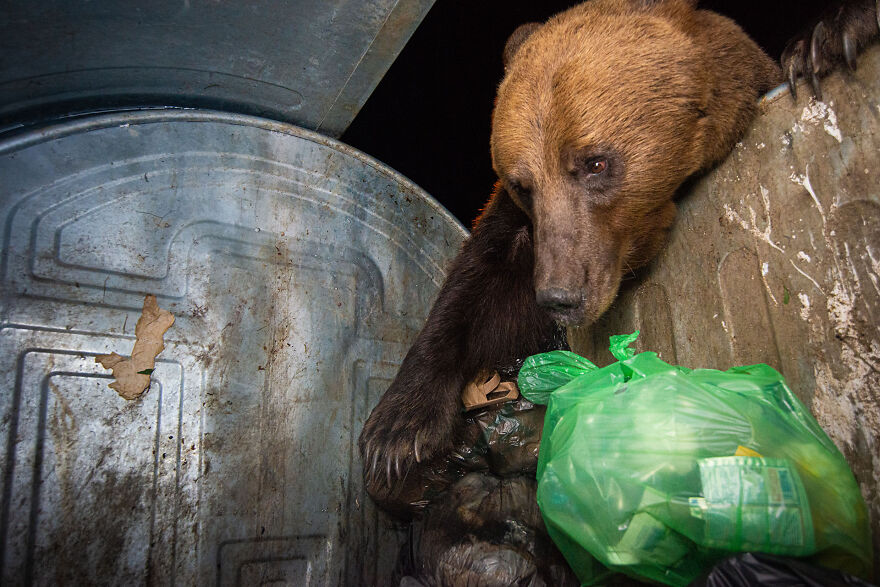
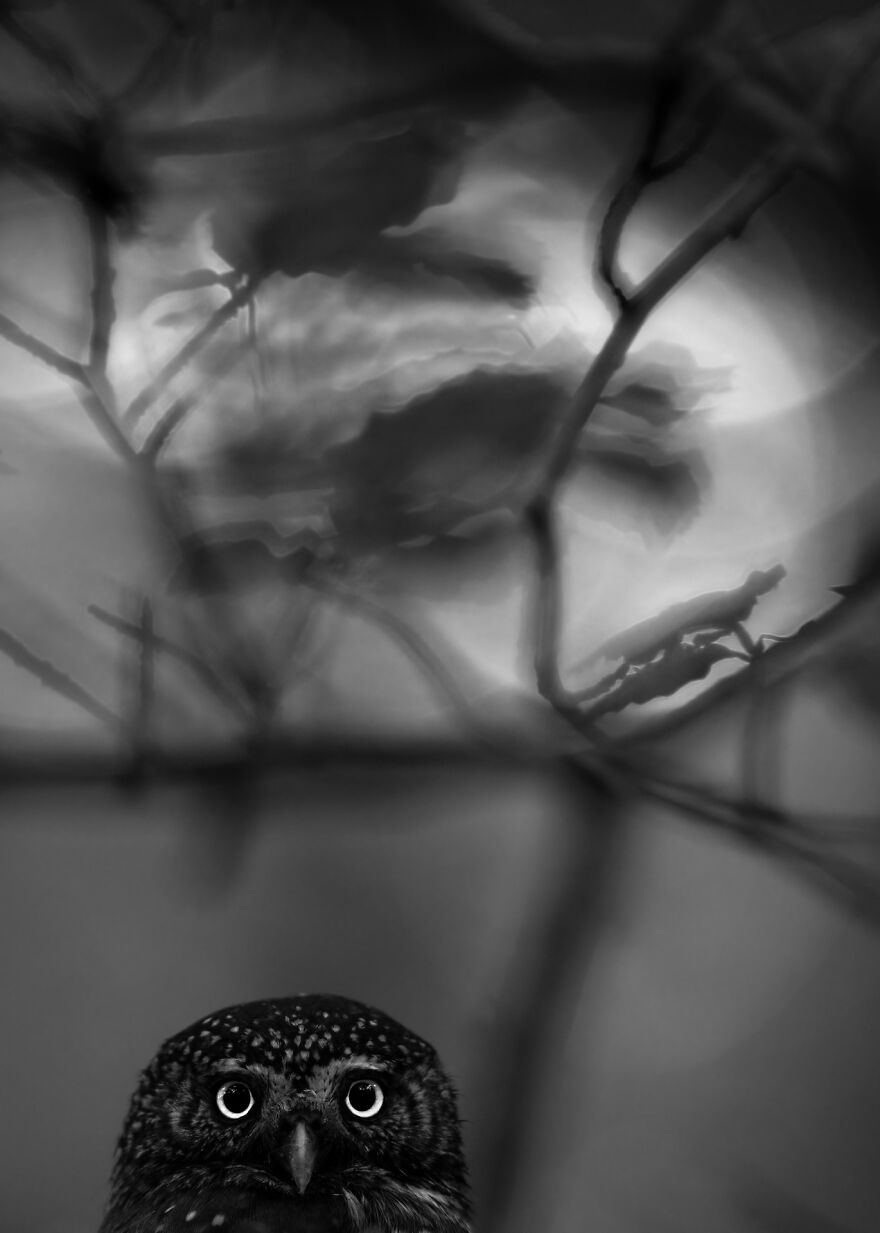
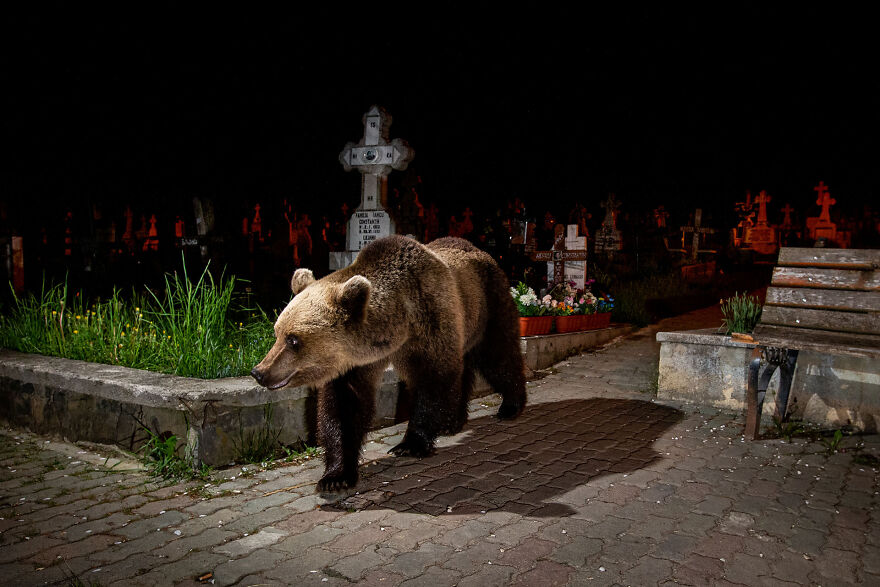
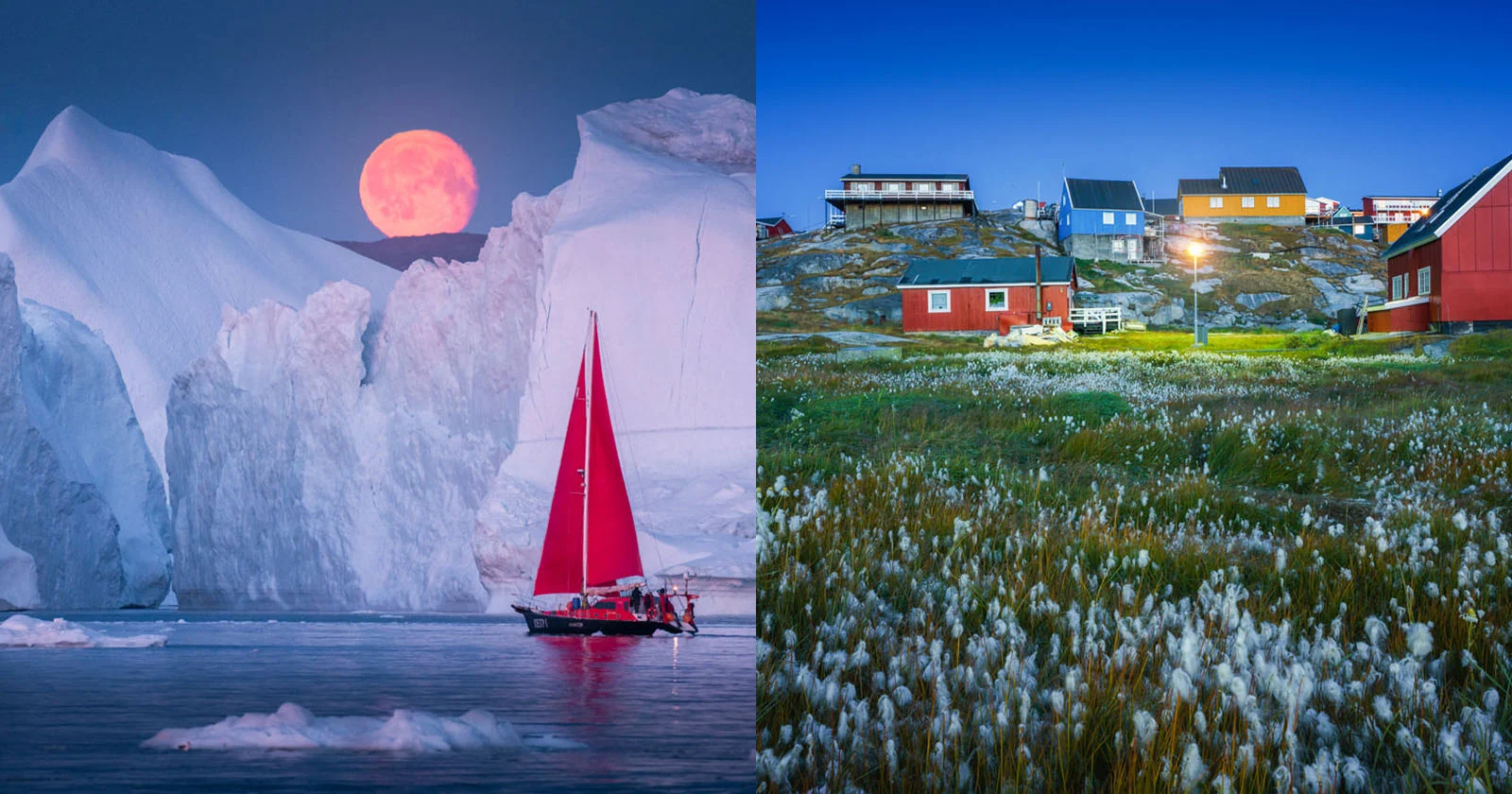
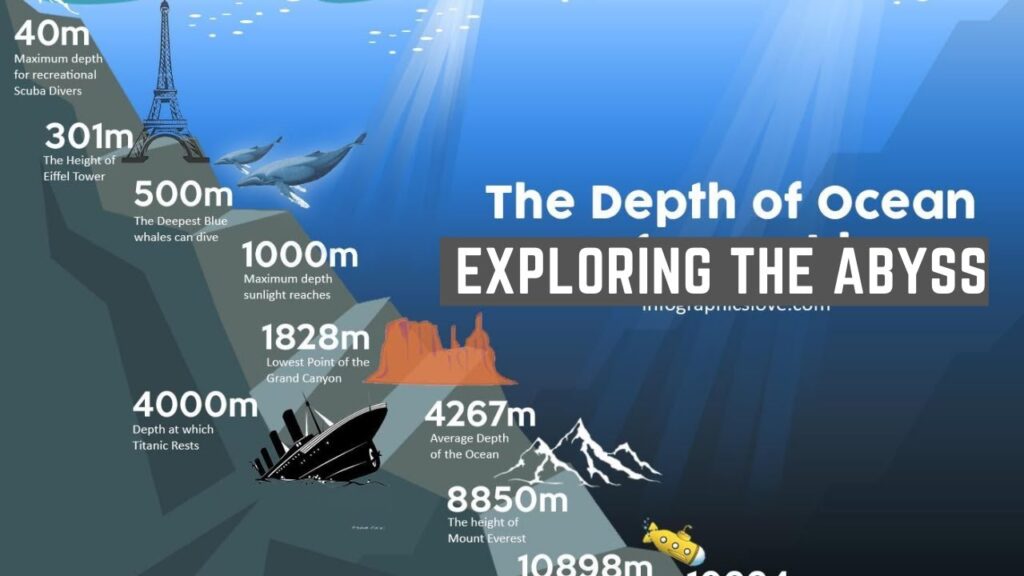

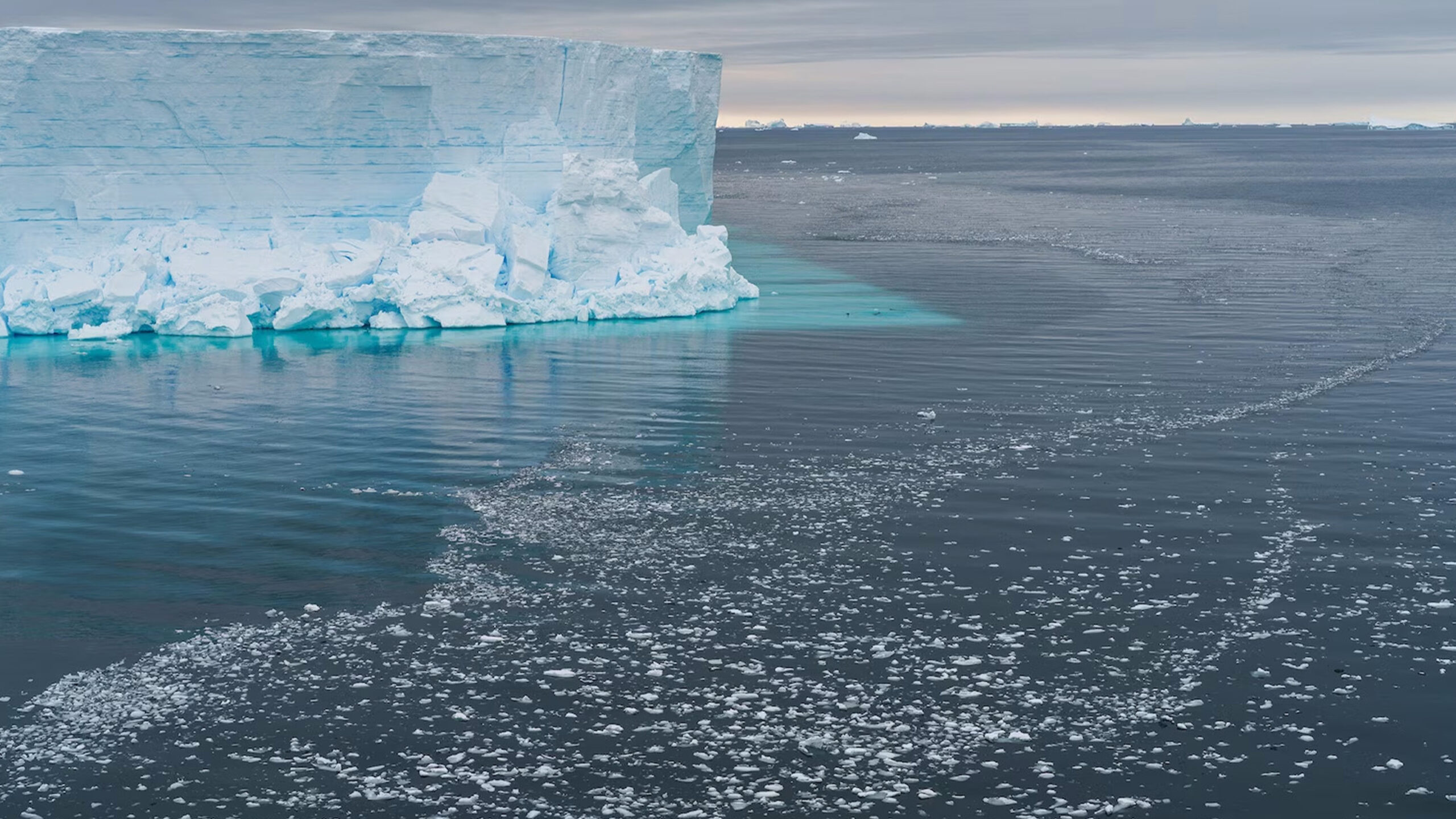
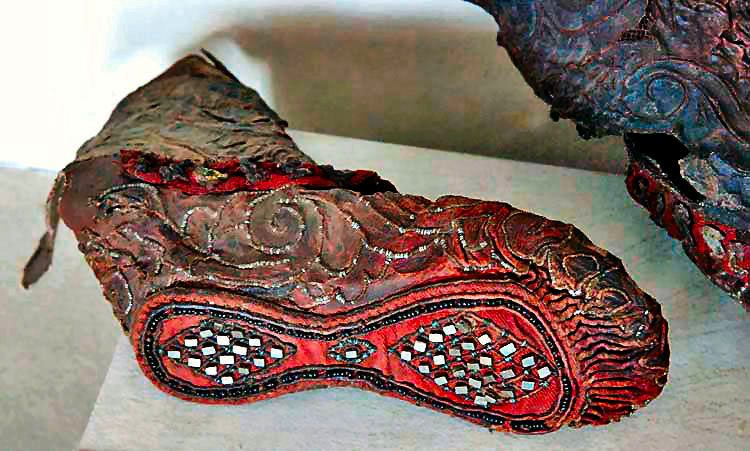

 Photographer Finds Locations Of 1960s Postcards To See How They Look Today, And The Difference Is Unbelievable
Photographer Finds Locations Of 1960s Postcards To See How They Look Today, And The Difference Is Unbelievable  Hij zet 3 IKEA kastjes tegen elkaar aan en maakt dit voor zijn vrouw…Wat een gaaf resultaat!!
Hij zet 3 IKEA kastjes tegen elkaar aan en maakt dit voor zijn vrouw…Wat een gaaf resultaat!!  Scientists Discover 512-Year-Old Shark, Which Would Be The Oldest Living Vertebrate On The Planet
Scientists Discover 512-Year-Old Shark, Which Would Be The Oldest Living Vertebrate On The Planet  Hus til salg er kun 22 kvadratmeter – men vent til du ser det indvendigt
Hus til salg er kun 22 kvadratmeter – men vent til du ser det indvendigt  Superknepet – så blir snuskiga ugnsformen som ny igen!
Superknepet – så blir snuskiga ugnsformen som ny igen!  Meteorite That Recently Fell in Somalia Turns Out to Contain Two Minerals Never Before Seen on Earth
Meteorite That Recently Fell in Somalia Turns Out to Contain Two Minerals Never Before Seen on Earth  Nearly Frozen Waves Captured On Camera By Nantucket Photographer
Nearly Frozen Waves Captured On Camera By Nantucket Photographer  It’s Official: Astronomers Have Discovered another Earth
It’s Official: Astronomers Have Discovered another Earth 